Service Introduction Letter Template for Business Success
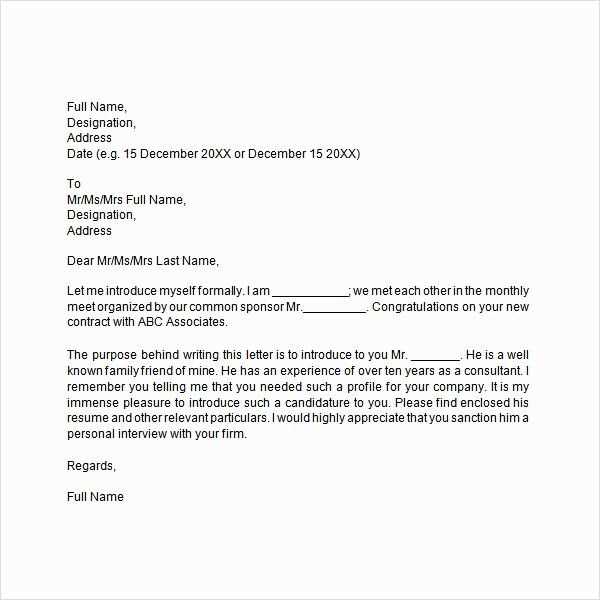
Effective communication is a cornerstone of successful business interactions. When reaching out to potential clients or partners, it’s essential to present your offerings clearly and professionally. A well-written message can create lasting impressions and establish a foundation for fruitful collaborations.
Mastering the art of conveying your services through a formal message allows you to highlight what you bring to the table, fostering trust and credibility. This form of outreach not only conveys information but also builds rapport, making your company more approachable and reliable.
Understanding how to structure your message is key to ensuring your audience receives the right message. Tailoring the content to suit the recipient’s needs and maintaining a polite yet engaging tone is crucial in maximizing the impact of your communication.
How to Personalize Your Letter
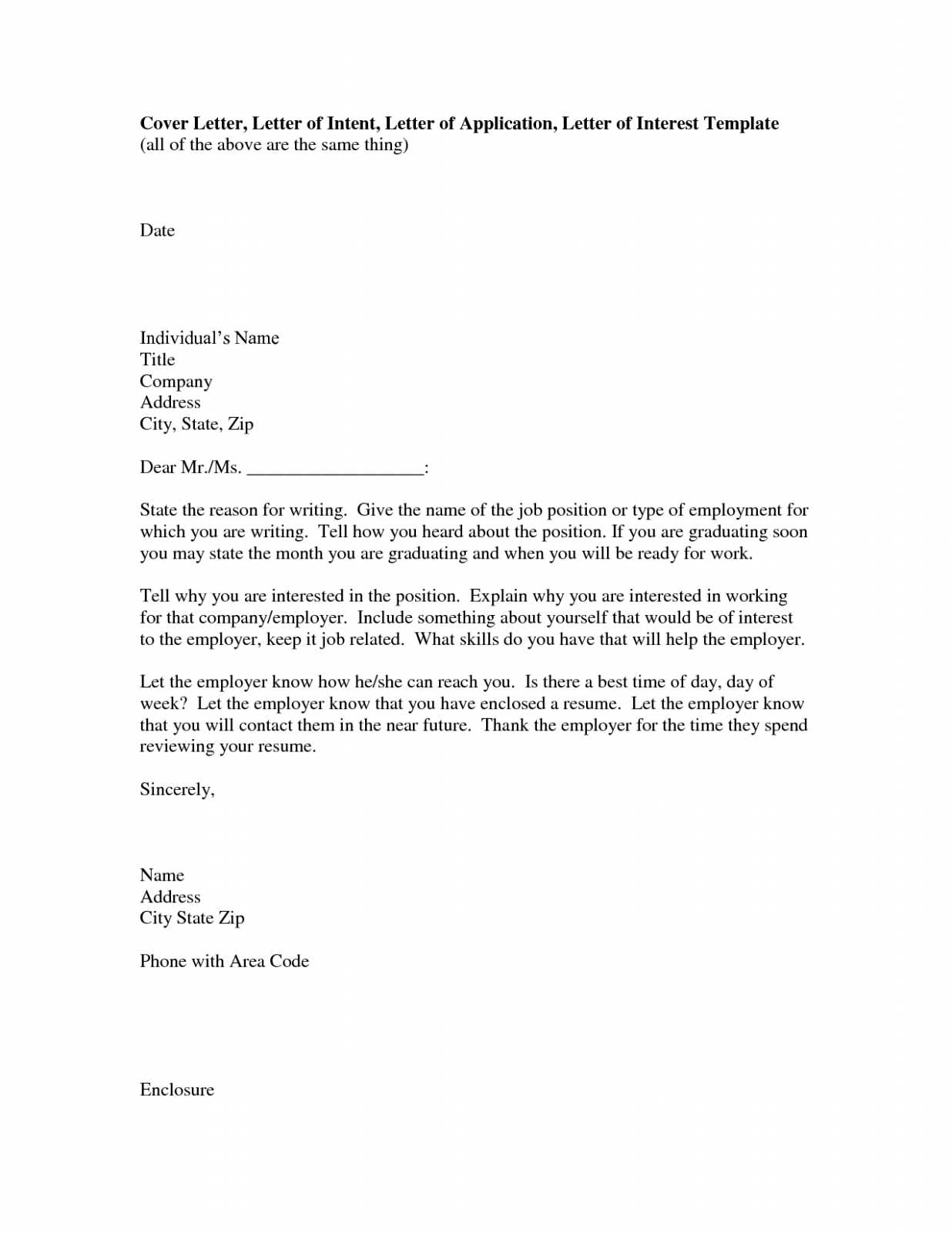
To stand out in professional communication, it’s crucial to tailor your message to the recipient’s specific needs and preferences. Customizing your approach shows that you understand their unique situation and are invested in building a meaningful connection.
Start by addressing the recipient by name, ensuring that the tone is respectful yet approachable. A personalized greeting sets a positive tone right from the start. Next, include details that resonate with the recipient’s industry or business. Mentioning relevant experiences or challenges can help establish common ground and demonstrate your knowledge of their field.
Additionally, highlight how your offering specifically addresses their needs. Instead of using generic phrases, focus on what makes your proposal valuable for them. By doing so, you create a message that feels directly relevant, enhancing the chances of a favorable response.
Common Mistakes to Avoid in Letters
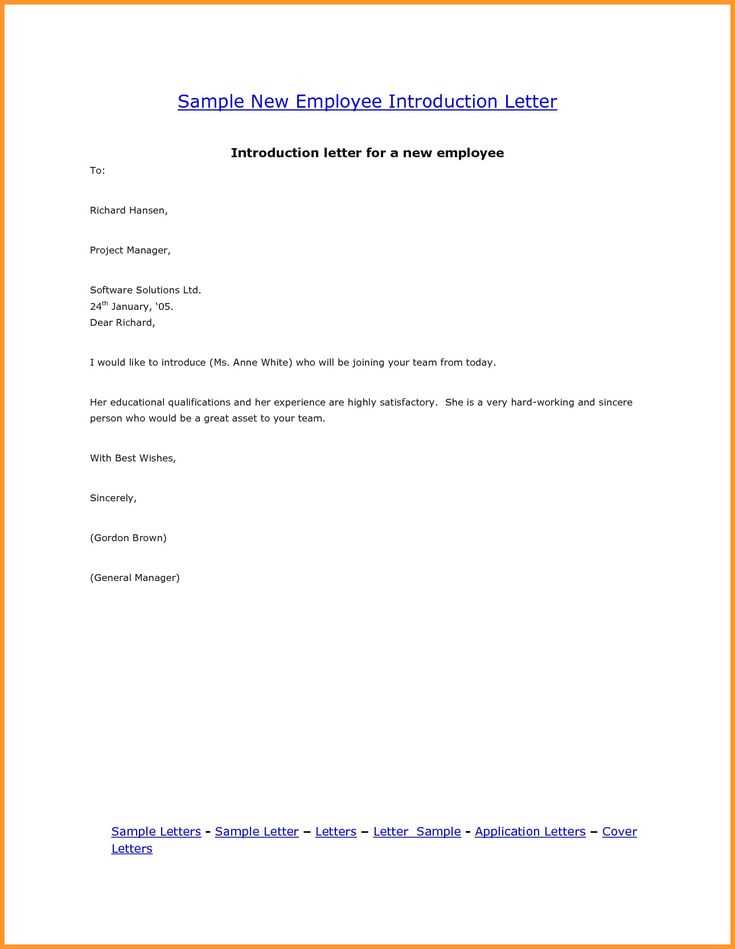
When crafting a formal message to a potential client or business partner, certain missteps can undermine the professionalism of your communication. Avoiding these pitfalls will help ensure that your outreach is both effective and well-received.
One of the most common errors is using a generic tone that lacks personalization. Failing to tailor your content to the recipient’s specific needs or industry can make the message seem impersonal and disengaging. It’s important to show that you’ve taken the time to understand who they are and what they require.
Another frequent mistake is neglecting clarity and focus. Overly complex language or excessive details can confuse the recipient and obscure the main purpose of the communication. Keep your message concise and direct, emphasizing the key points without unnecessary elaboration.
Additionally, overlooking the importance of a proper closing is a common issue. Failing to include a clear call to action or leaving the closing vague can lead to missed opportunities for further engagement. Always ensure your closing is polite, professional, and includes clear next steps.
Best Practices for Writing a Letter
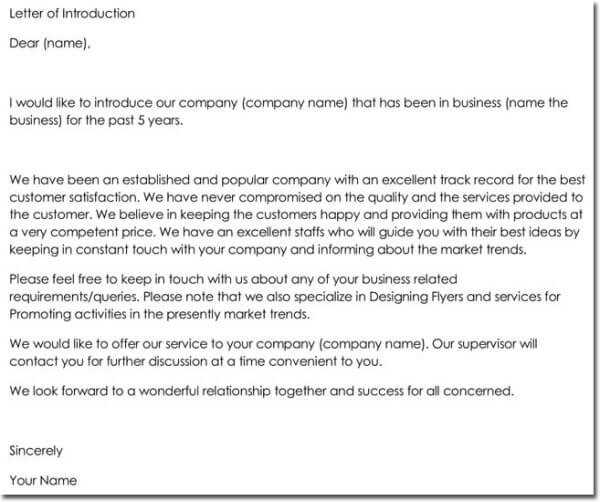
When composing a professional message, there are several best practices that ensure clarity and effectiveness. Implementing these strategies will help you create a positive impression and increase the likelihood of a response.
- Be concise and clear: Avoid lengthy paragraphs or unnecessary information. Keep your communication focused on the core message.
- Use a professional tone: While being polite is important, ensure your tone aligns with the business context, neither too casual nor overly formal.
- Customize your message: Tailor your content to the recipient’s specific needs and industry, showing a genuine interest in their business.
- Include a clear call to action: Always end with a definitive next step, whether it’s scheduling a meeting, providing more information, or initiating a follow-up.
By adhering to these best practices, you can craft a communication that is not only professional but also engaging and actionable for the recipient.
Tips for Making a Strong First Impression
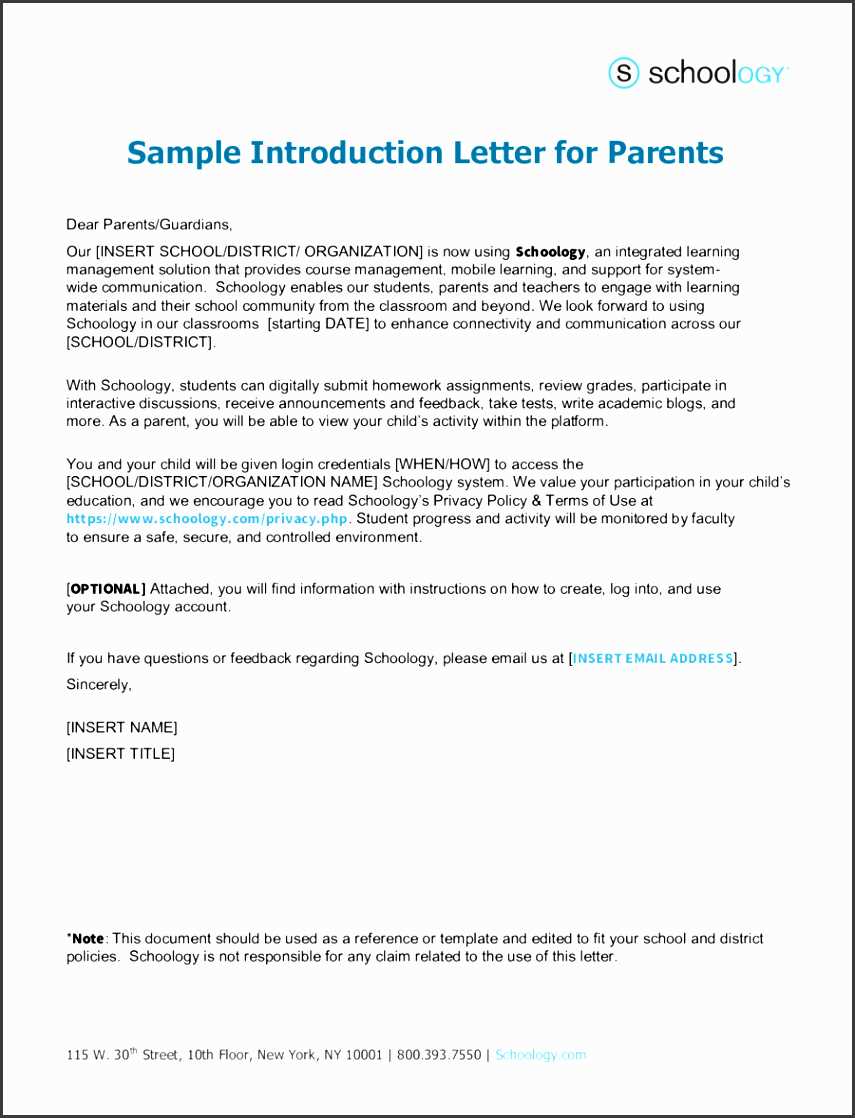
The initial message you send to potential clients or partners plays a crucial role in establishing trust and credibility. A well-crafted communication can set the tone for a successful business relationship. Here are key strategies to ensure that your first impression is impactful.
- Start with a warm yet professional greeting: Address the recipient by name and use a polite tone. This shows respect and builds rapport right from the start.
- Be clear and direct: Get to the point quickly, highlighting the purpose of your communication without unnecessary details. A focused message is always appreciated.
- Show genuine interest: Reference something specific about the recipient’s business or needs. This demonstrates that you’ve taken time to research and understand their goals.
- Make your message visually appealing: Ensure proper formatting with clear paragraphs and bullet points. Easy-to-read content makes a stronger impression.
By incorporating these techniques, you can make a positive and lasting first impression, setting the stage for a productive and professional interaction.